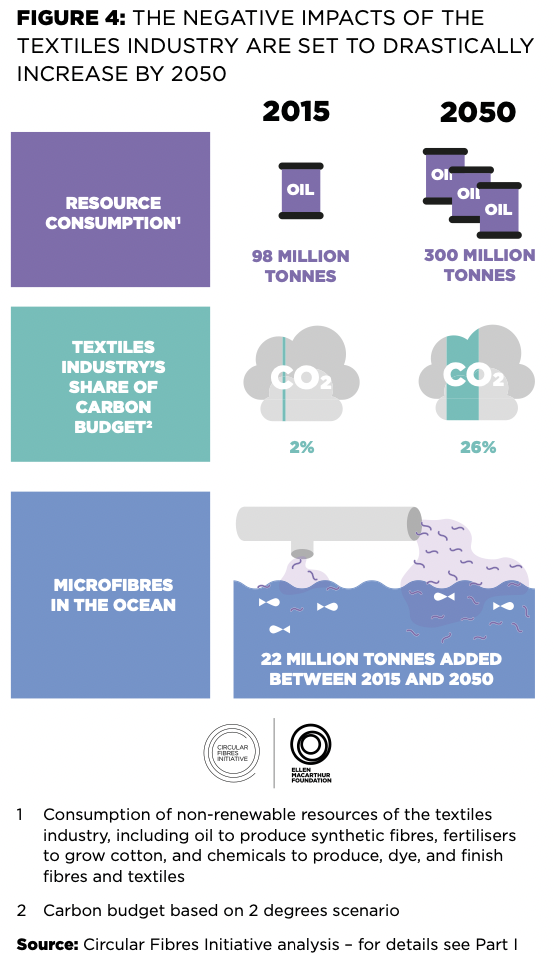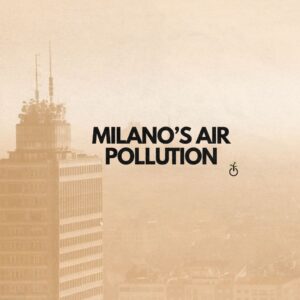By Matilde Paperetti
Many, when asked the question “Which fashion and apparel app is the most used?” would probably guess brands such as Nike, Zara, or H&M. But all these answers would be wrong. The website SimilarWeb has created a list of all Fashion and Apparel app based on the number of monthly visits, and in October 2022, Shein was ranked first with a total of 193.2 million visits.
Little is known about the company and its founder, Chris Xu, but Shein has now become notorious as a representative of the rising phenomenon of Fast Fashion, although many consider it the pioneer of Ultra-fast fashion or even Real-time fashion. It was founded in 2008 in China, with the original name of Sheinside, which was later changed to the current one in 2015, and it focused on formal evening wear, wedding dresses, and other clothes for special events. Since then, it has evolved, branching out to categories such as clothing for women, men, children, sportswear, accessories, jewelry, shoes, bags, and even beauty, personal care, and home products.
Fast fashion and the Fashion Industry
But what exactly is Fast Fashion? It is commonly regarded as the infamous side of the fashion industry. The brands that have made it their business model mass-produce and distribute poor-quality clothes at the lowest price possible. To make a profit despite these low prices, they adopt disgraceful practices such as exploiting workers, and having little consideration for the environment and the impact this overconsumption has on it. In fact, Cambridge Dictionary defines Fast Fashion and the product deriving from this phenomenon as “clothes that are made and sold cheaply, so that people can buy new clothes often”.
With the upsurge of social media such as Instagram and especially TikTok, fashion has taken on a completely different meaning. There used to be only four different season that would dictate what was style for the moment; they used to last longer, because the quality is superior and they stay fashionable for longer, limiting waste. Now, micro-trends have taken over. Online fashion influencers have built a following creating content based on hefty hauls, outfit inspirations, styling tips, and such. Therefore, for them is almost mandatory to always have new clothes to show their followers, to keep up with the trends that only last weeks. So, to spend as little as possible, they turn to fast fashion brands. These brands are influenced, but also influence, the customers and the latest trends.
Channel 4’s documentary
To keep up with this high demand, brands always have to put out new designs and products. And this is where the truth about how destructive fast fashion is comes out: the wasteful overproduction of fast fashion is slowly killing the planet. Taking into consideration Shein once again, the company designs between 700 and 1,000 new items a day, and even though each one is only produced between 50-100 pieces, that is still between 35,000 and 100,000 items produced each day (not considering that popular products are mass-produced).
But how can the company make these many pieces each day? Channel 4 has answered that question. In October 2022, the documentary Inside the Shein Machine: UNTOLD was released. The reporter Iman Amrani found a way to bring undercover cameras inside two different Shein factories in China. The workday lasts 17 hours, and throughout the day, workers make 500 pieces of clothing, for which they are paid about 0,27 yuan (0,03€ circa) each. Some of them have a monthly salary of around 4 thousand yuan (550€ circa). On top of that, workers can have their daily salary reduced by two thirds if they make any mistakes. They also only have one day off per month. As a response, Shein UK posted a comment on the stories of the official Instagram account, declaring that the company is launching “an investigation into the claim that 2 of our suppliers had unacceptable working conditions at their facilities”.
The impact on the environment
The environment is also paying the price for the actions of fast fashion. To maintain the massive overproduction and at the same time cut production costs, the fashion industry has resorted to a continuous fossil-fuel extraction to create synthetic fibers. A report form 2015 states that “polyester production for textiles alone was responsible for emissions of over 700 million tonnes of carbon dioxide (CO2) equivalent – similar to the annual greenhouse gas (GHG) emissions of Mexico6 or 180 coal-fired power plants”. It also predicts that this number will nearly double to 1.2 billion tonnes by 2030. Tecnon OrbiChem estimates that by 2030 73% of globally produced fibers will be composed of synthetic ones, with polyester being 85% of it.
Shein uses synthetics, but it is not the only brand guilty of that. A report published in June 2022 by Changing Markets Foundation has analyzed the total percentage of synthetics fibers in the garments of various brands’ collections. Brands that are regarded as fast fashion brands such as ASOS, Boohoo, Forever 21, Uniqlo, Zara, and H&M, all display a high usage of polyester. The majority of the brands have a percentage of synthetics materials at around 60%-70%, with the highest being Boohoo (85%) and lowest being H&M (59%).
ASOS and H&M also have another collection that was examined: ASOS’s “Responsible” Edit and H&M’s Conscious Collection. Both brands claim that the garments from this collection use “sustainable materials”, despite never giving a clear definition of what materials can classify as “sustainable” and insisting on keeping polyester (whether recycled or not) as the main materials in the garments. These kinds of behaviors are known as “greenwashing”: “behavior or activities that make people believe that a company is doing more to protect the environment than it really is” (as defined by the Cambridge Dictionary).
The promises of clothes being recycled are red herrings: less than 1% of clothes is recycled into new clothes and only 13% of the total material input are recycled after use at all. This is because almost all of the recycled polyester comes from recycled plastic bottles, not from recycled clothing. The average customer throws out 60% of their new clothes in the first year, but because it is difficult to recycle synthetic fibers in clothes, the majority of it gets thrown away in landfills or burned.
In 2015, 35 million tonnes of clothes wind up burnt (30%) or in landfills (30%). When clothes are burned, GHG are emitted, and carbon and toxic chemicals are release; whereas when they are just left to rot, they release microfibers and chemicals in the ground (even reaching water). According to a report published by the Ellen Macarthur Foundation, if the fashion industry and its customers do not change their current practices, more than 150 million tonnes of clothing will wind up burnt or in landfills. Luxury brands play a big part here, as they tend to throw away unsold clothes to avoid them being sold cheaply.
Another problem with recycling is that of microfibers: tiny particles of plastic that are released by the synthetic fibers when handled (produced, washed, disposed of or even worn). Microplastics are being found everywhere. They have been found in human bodies: lung tissue, stomachs and even placentas of unborn babies. We are also breathing microplastics, and animals are eating them. It is too early to affirm exactly how microplastics will affect our health on the long run, but it seems that they have worsen a few symptoms and eased the transmission of Covid-19.

Conclusion
The reckless approach of the fashion industry toward the production, distribution and the disposal of garments can lead toward truly catastrophic consequences for the environment. The Ellen Macarthur Foundation report states that “If
the industry continues on its current path, by 2050, it could use more than 26% of the carbon budget associated with a 2°C pathway”.
To better this situation, we have to work together as customers. As long as profits keep coming in, fast fashion brands will not change these behaviors, and everyone on the planet will have to pay the price for the greediness of the owners of these brands. By avoiding buying clothes from brands that have shown repeatedly that the respect for other people and the environment is not in their business model, a change can happen, even if it is small. Customers should also try and increase the life span of clothes that they already have, and instead of simply throwing them away, try and donate them to charity or second-hand shops. These shops can also become a regular source of new clothes, instead of always buying new one.
Companies have to change for the better. Use better resources and renewable sources during production, be more careful about where clothes end up and the entire recycling system. Many reports suggest a direct-action from governments to ensure that these companies will try and be more respectful towards the planet and human rights.
Bibliography
https://forbes.it/2022/10/21/shein-sfruttamento-lavoro-channel-4-fast-fashion/
https://graziadaily.co.uk/fashion/news/inside-the-shein-machine-channel-4/
https://www.similarweb.com/top-websites/category/lifestyle/fashion-and-apparel/
https://www.similarweb.com/website/shein.com/#overview
https://www.notboring.co/p/shein-the-tiktok-of-ecommerce
https://www.euronews.com/green/2022/10/17/how-are-shein-hauls-making-our-planet-unlivable
http://changingmarkets.org/wp-content/uploads/2021/01/FOSSIL-FASHION_Web-compressed.pdf
http://changingmarkets.org/wp-content/uploads/2021/07/SyntheticsAnonymous_FinalWeb.pdf




